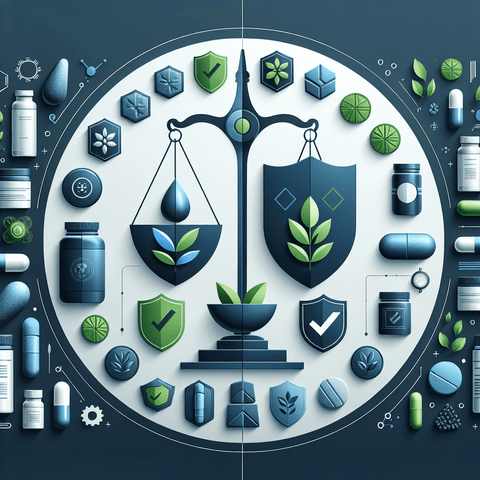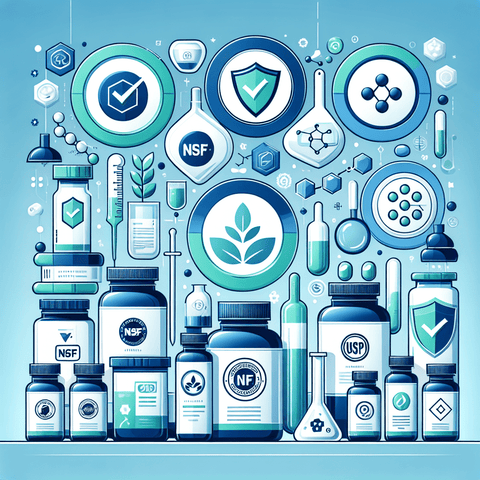Quality assurance standards provide a structured blueprint for achieving dependable, high-quality products. They define the expectations, processes, and criteria that guide QA activities from requirements gathering through release. By aligning teams around a common set of standards, organizations can boost product quality, reduce risk, and streamline testing. The aim is not to micromanage every step, but to establish repeatable, measurable practices that can adapt to different projects and domains. When teams adopt quality assurance standards, defect prevention becomes a priority, consistent testing practices are deployed, and everyone understands what “done” means. Quality assurance standards encompass processes, roles, documentation, and metrics that enable consistent quality across the product lifecycle. Core elements include defined process flows, requirements traceability, test strategies, and formal decision gates. Industry frameworks such as ISO 9001, and domain-specific extensions like ISO/IEC 27001 for information security, provide adaptable models. Software-focused standards draw on quality models (like ISO/IEC 25010) and test documentation guides (IEEE 829/830). The result is a cohesive system where design, implementation, testing, and validation are aligned, with clear criteria for quality at each stage. Importantly, quality assurance standards emphasize risk assessment and preventative actions to minimize issues before they reach customers. Implementing quality assurance standards yields practical, proven practices you can adopt today. Start with a baseline that captures current capabilities and gaps, then tailor standards to your context. Establish requirements-to-test traceability, create a living test plan and risk-based test strategy, and enforce version-controlled artifacts. Emphasize automated regression testing where feasible, alongside manual exploratory testing for new features. Build lightweight governance, require peer reviews, maintain defect lifecycle metrics, and integrate testing into continuous integration and deployment pipelines. Regular audits and retrospectives help refine the standards so they stay relevant as products and teams evolve. Organizations that invest in quality assurance standards typically see higher product quality, reduced rework, and faster, more predictable delivery cycles. The disciplined approach helps reduce risk by surfacing issues early and providing objective benchmarks. By standardizing testing practices, teams can reuse assets, share knowledge, and scale quality across multiple products. The ongoing focus on measurement and improvement creates a culture of quality, where stakeholders collaborate on quality goals and enforcement activities such as training, tooling upgrades, and process improvements.






